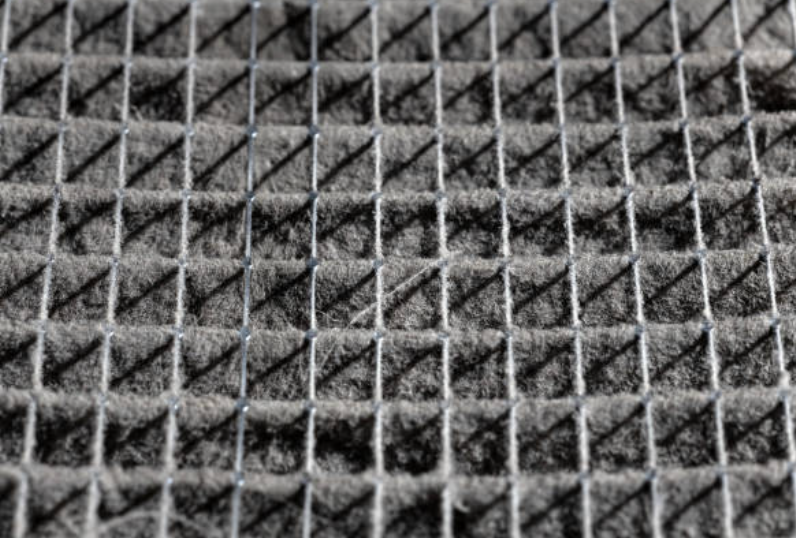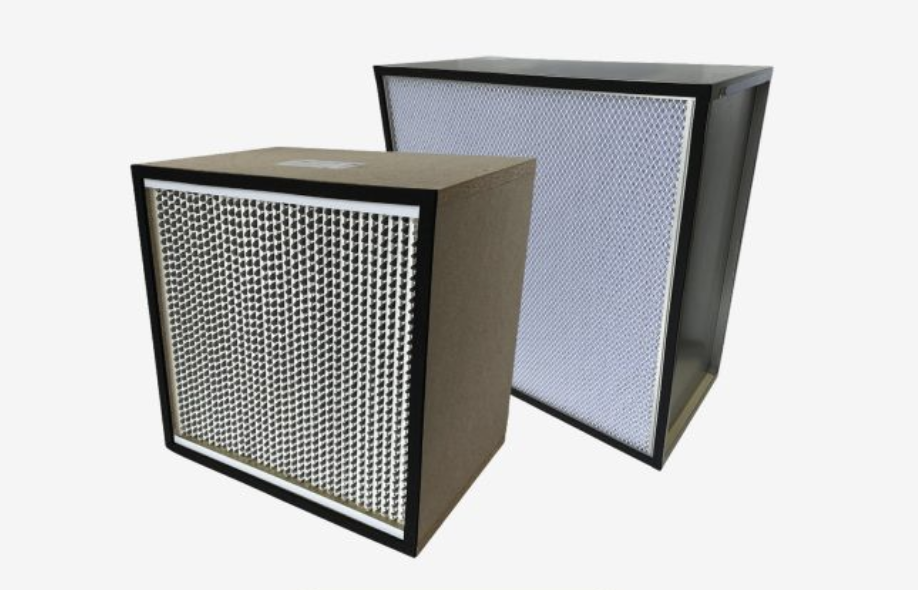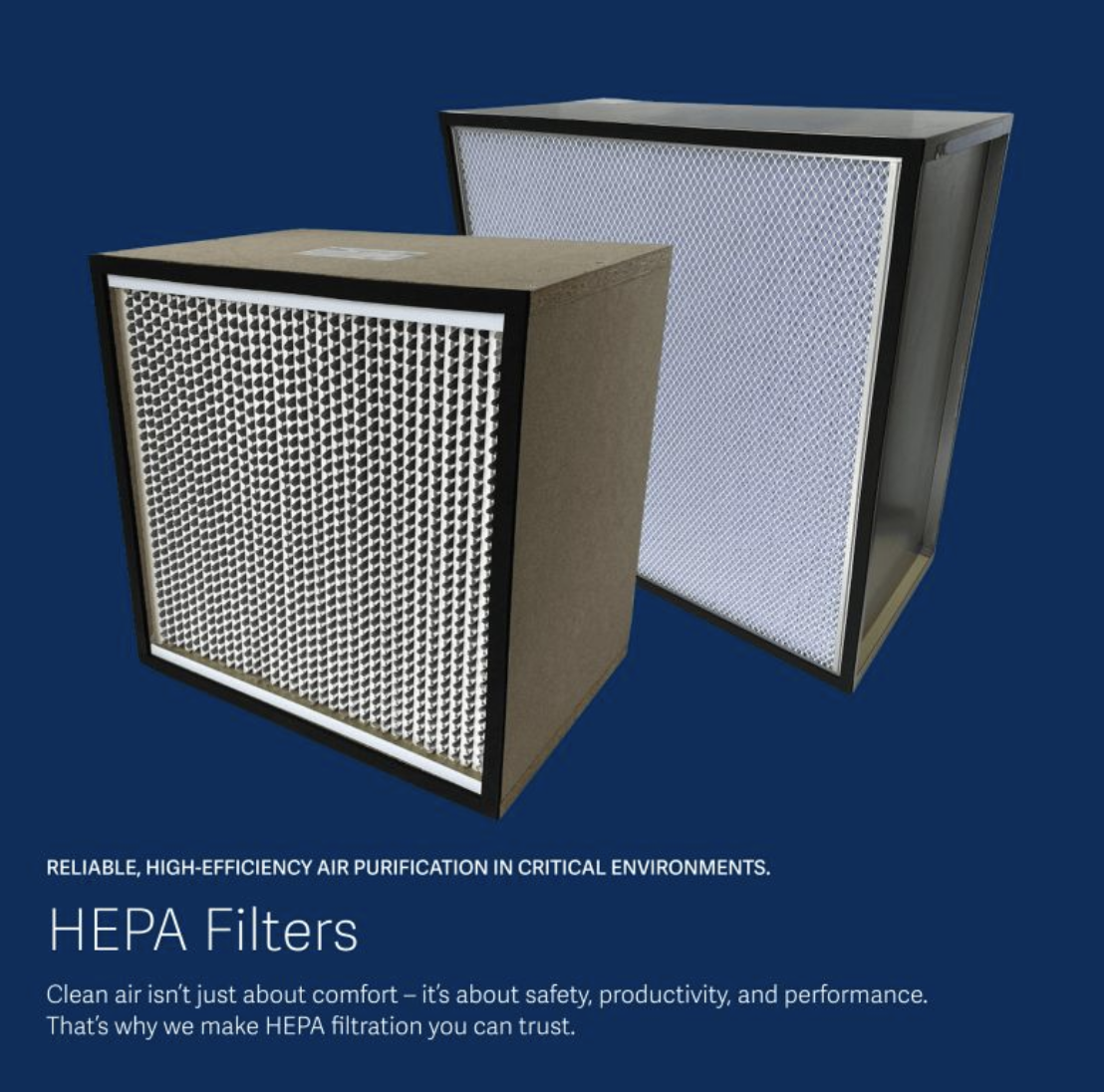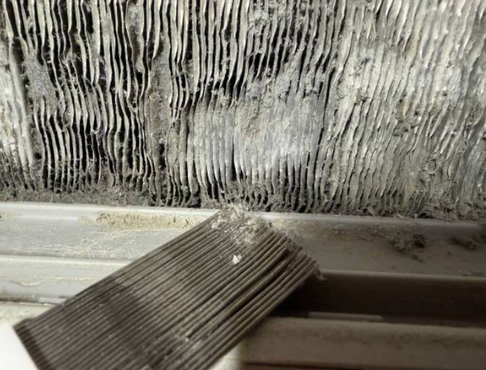Posted by Spycor LLC on Aug 5th 2025

HEPA filters are essential for maintaining clean air in homes, offices, hospitals, and construction sites. These high-efficiency particulate air filters capture 99.97% to 99.99% of particles as small as 0.3 microns, including dust mites, pet dander, pollen, mold spores, and bacteria. But can you clean a HEPA filter, and if so, how? In this guide, we’ll walk you through how to clean a HEPA filter properly, when it’s safe to do so, and when it’s time to replace your filter to ensure optimal performance. Whether you’re using a HEPA air filter for home use, a hospital clean room, or a construction site, this article will help you keep your air purifier or negative air machine running efficiently.
Why Cleaning a HEPA Filter Matters
HEPA filters, like those from trusted brands such as Glasfloss, Koch Filter, and Omnitec, are designed to trap fine particles that can trigger allergies or asthma. Over time, dust and debris can accumulate, reducing airflow and efficiency. Learning the best way to clean a HEPA air filter can extend its lifespan in some cases, save money, and maintain cleaner indoor air. However, not all HEPA filters are washable, so understanding your filter type is critical.
At Spycor Environmental, we specialize in high-quality HEPA filters with wood or metal frames for various applications. Let’s dive into the steps to clean your HEPA filter safely and effectively.
Can You Clean a HEPA Filter?
Before cleaning, confirm whether your HEPA filter is reusable or disposable. Most 99.97% efficiency HEPA filters with wood frames (like the Glasfloss Magna 1000 Series) are not designed for washing, as water can damage the delicate microfiber media. However, some metal frame HEPA filters (e.g., Glasfloss Magna 1200) or specific reusable models may tolerate gentle cleaning. Always check the manufacturer’s instructions or contact Spycor Environmental at 1-877-293-0784 for guidance.
If your filter is labeled “washable” or “reusable,” follow these steps to clean it properly. For non-washable filters, skip to our replacement tips below.

How to Clean a HEPA Filter: Step-by-Step Guide
Follow these steps to clean a washable HEPA filter and restore its performance. This process is ideal for those searching for the best way to clean a HEPA air filter for home use or commercial applications.
Step 1: Turn Off and Unplug Your Air Purifier
Safety first! Power off and unplug your air purifier or negative air machine to avoid electrical hazards. Remove the HEPA filter according to the device’s manual.
Step 2: Inspect the Filter
Examine your HEPA filter for visible dirt, dust, or damage. If the filter appears heavily clogged or damaged (e.g., torn media or bent frame), it’s time to replace it rather than clean it. Spycor offers 99.99% efficiency HEPA filters for high-capacity needs—perfect for hospitals or industrial settings.
Step 3: Remove Loose Debris
Gently tap the filter over a trash can to dislodge loose particles. You can also use a soft brush or a vacuum cleaner with a brush attachment to remove surface dust. Avoid excessive force to prevent damaging the filter media.
Pro Tip: For HEPA filters for allergies, ensure you clean in a well-ventilated area or wear a mask to avoid inhaling dislodged allergens.
Step 4: Rinse Washable Filters (If Applicable)
If your filter is washable, rinse it gently with lukewarm water. Use a low-pressure stream from a faucet or hose to flush out trapped particles. Do not use soap, detergents, or hot water, as these can degrade the filter’s microfiber structure. Hold the filter at an angle to let water flow through without soaking the frame.
Step 5: Air Dry Completely
Place the filter in a well-ventilated area to air dry for 24–48 hours. Avoid direct sunlight or heat sources, as they can warp the filter or frame. Ensure the filter is completely dry before reinstalling to prevent mold growth or damage to your air purifier.
Step 6: Reinstall and Test
Once dry, reinstall the filter in your air purifier or negative air machine. Run the device and check for proper airflow. If you notice reduced performance, the filter may be damaged or improperly cleaned, indicating it’s time for a replacement.
When to Replace Your HEPA Filter
Cleaning can extend the life of a washable HEPA filter, but most filters need replacement every 6–12 months, depending on usage and environment. For example:
- Home use: Replace every 6–12 months for optimal allergen control.
- Hospitals or clean rooms: Replace every 3–6 months due to high filtration demands.
- Construction sites: Replace every 1–3 months in dusty environments.
Tips for Maintaining Your HEPA Filter
To maximize your filter’s lifespan and performance:
- Vacuum regularly: Use a brush attachment to remove surface dust weekly.
- Monitor air quality: Replace filters sooner in high-dust or allergen-heavy environments.
- Store properly: Keep spare filters in a dry, sealed container to prevent contamination.
- Check gaskets: Ensure neoprene gaskets on filters like the Glasfloss Magna Series are intact for an airtight seal.
If your filter is non-washable or shows signs of wear (e.g., discoloration, reduced airflow), it’s time to upgrade.
CLICK HERE to check the best HEPA filter based on your specific needs, from Glasfloss Magna Series to Koch Filter solutions, available at Spycor Environmental.

FAQ: Common Questions About Cleaning HEPA Filters
Can all HEPA filters be cleaned?
No, only filters labeled as “washable” or “reusable” can be cleaned. Most 99.97% efficiency HEPA filters with wood frames are disposable, while some metal frame filters may be washable. Check your filter’s manual or contact Spycor Environmental for clarification.
How often should I clean my HEPA filter?
For washable filters, clean every 1–3 months, depending on usage. Regular vacuuming can reduce the need for rinsing. Replace non-washable filters every 6–12 months.
What happens if I don’t clean or replace my HEPA filter?
A clogged filter reduces airflow, strains your air purifier, and allows allergens or contaminants to circulate. Regular maintenance ensures optimal air quality.
Can I use soap to clean a HEPA filter?
No, soap or detergents can damage the filter’s microfiber media, reducing its efficiency. Use only lukewarm water for washable filters.
Where can I buy high-quality HEPA filters?
Spycor Environmental offers a wide range of HEPA filters for home, hospital, and industrial use. CLICK HERE to check the best HEPA filter based on your needs.


